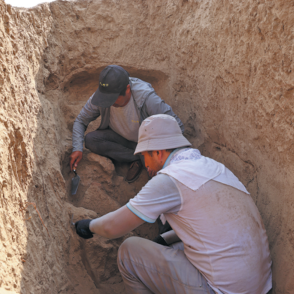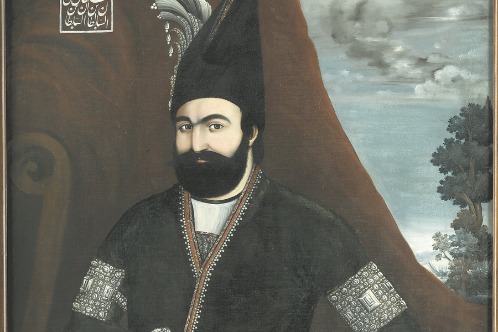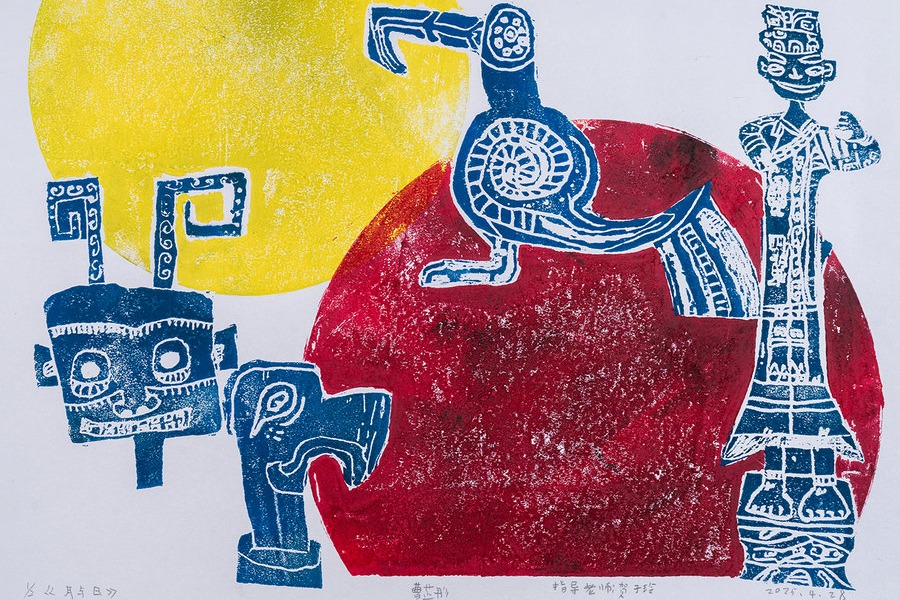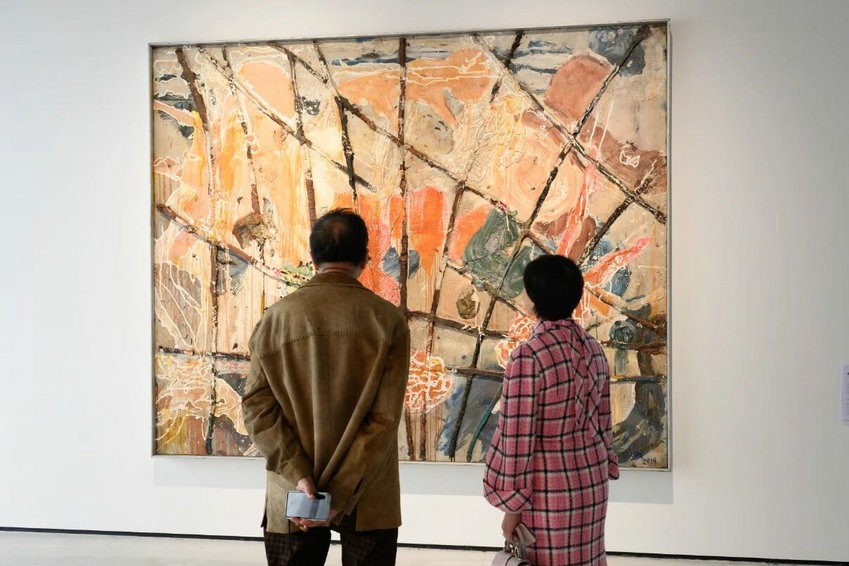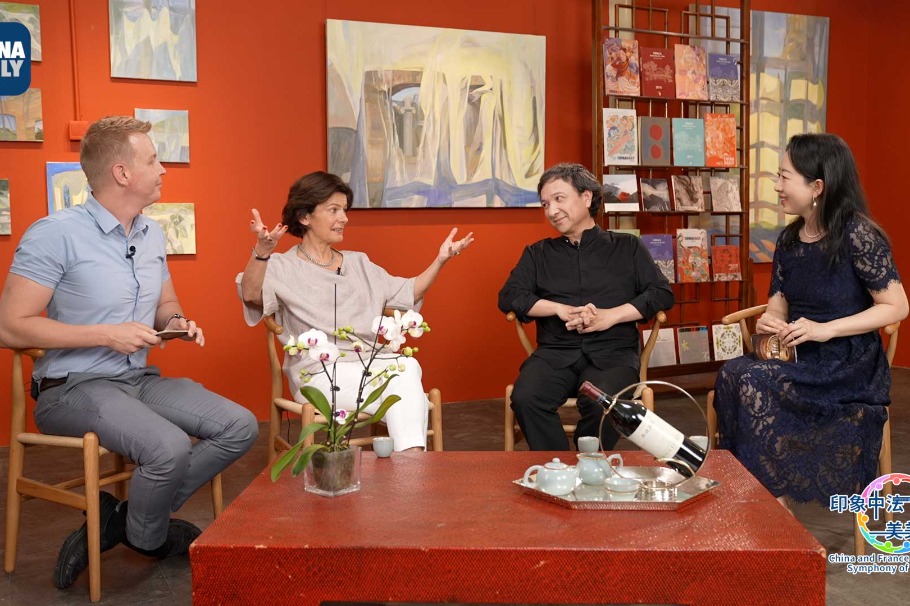Unearthing the secrets of a Central Asian crossroads
China-Uzbekistan joint excavations at ancient burial site point to the influences present in the Fergana Valley, Wang Ru reports.

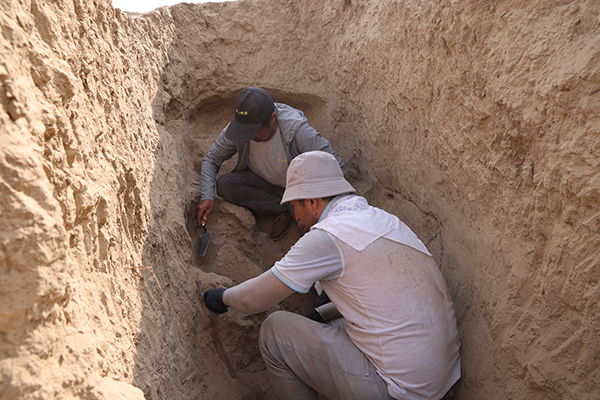
As they sought to clarify the size of the burial area, as well as the spread and structure of the tombs, and detailed information about funerary objects, archaeologists found six new tombs — five small ones containing only one or two bodies with few funerary objects, and one larger one containing the remains of at least 24 individuals. Those in the small tombs seem not to have been buried in coffins, while those in the large tomb were buried in coffins made of reeds.
"As the site is by a river home to many aquatic plants, it's logical that people would have used reeds to make coffins, and that can be seen as characteristic of local funerary customs," Liu says.
They also found the large, well-preserved foundation of a house to the south of the tombs, referred to by archaeologists as F1. When viewed from above, it is nearly square in shape, with each side measuring approximately eight meters in length.
Based on the features of the foundation, such as the house having only an entrance in the east, a domestic hearth facing the entrance, traces of burning on the ground and east wall, and overturned pottery vessels outside, archaeologists believe F1 may have a connection to Zoroastrianism.
Zoroastrianism was an influential Persian religion that originated in the 6th century BC. Before the arrival of Islam in the 8th century AD, it dominated a large area of West and Central Asia.
According to preliminary carbon dating, the larger tombs and the F1 structure date back to about 400, while the small tombs are from 750.As Munchaktepa is closely linked with nearby Balandtepa, Liu says the team will study Balandtepa to determine whether Munchaktepa was used continuously from 400 to 750 by the same group of people, or if it was used by one group in 400 that later migrated, and then by another group in 750.


